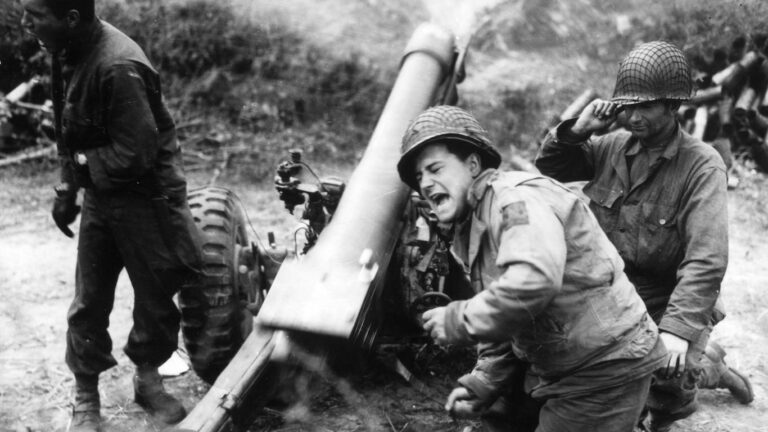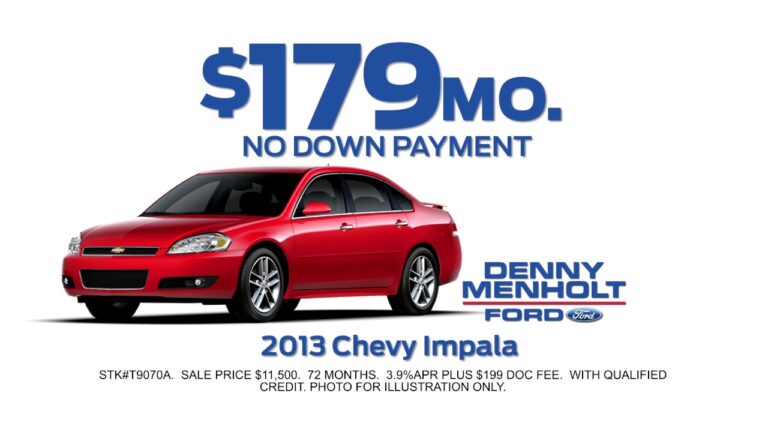Are Truck Cap Fit Chart
“Are Truck Cap Fit Charts Your Key to Perfect Truck Bed Protection? A Comprehensive Guide Typestruckssale.com
Choosing the right truck cap, also known as a truck bed topper or camper shell, is crucial for protecting your cargo, enhancing your truck’s functionality, and even improving its aesthetics. But with so many truck models and cap options available, how do you ensure a perfect fit? That’s where a Truck Cap Fit Chart comes into play. This comprehensive guide will delve into the world of truck cap fit charts, explaining what they are, why they’re important, how to use them, and everything else you need to know to find the ideal topper for your truck.
Introduction Are Truck Cap Fit Charts Your Key to Perfect Truck Bed Protection? A Comprehensive Guide
What is a Truck Cap Fit Chart and Why Do You Need One?
A Truck Cap Fit Chart is a reference tool, typically provided by truck cap manufacturers and retailers, that lists specific truck makes, models, and bed sizes along with the corresponding cap models that are designed to fit. Think of it as a compatibility chart for truck caps and truck beds.
Why is it important?
- Ensures a Proper Fit: The primary purpose is to guarantee that the cap you purchase is specifically engineered to fit your truck’s bed dimensions. A poor fit can lead to leaks, damage to your truck bed, and an unappealing appearance.
- Saves Time and Effort: Instead of manually measuring your truck bed and comparing it to individual cap dimensions (a tedious and potentially inaccurate process), a fit chart simplifies the selection process.
- Avoids Returns and Restocking Fees: Purchasing the wrong cap can result in costly returns and restocking fees. Using a fit chart minimizes the risk of ordering an incompatible product.
- Optimizes Functionality: A correctly fitted cap provides a secure and weatherproof seal, maximizing its ability to protect your cargo and enhance your truck’s utility.
Key Information Found in a Truck Cap Fit Chart
While the specific layout and details may vary slightly between manufacturers, most truck cap fit charts will include the following essential information:
- Truck Make: (e.g., Ford, Chevrolet, Ram, Toyota, GMC, Nissan)
- Truck Model: (e.g., F-150, Silverado, 1500, Tundra, Sierra, Titan)
- Model Year(s): (e.g., 2015-2020, 2021-2023) – Important as body styles often change between generations.
- Bed Length: (e.g., 5.5 ft, 6.5 ft, 8 ft) – This is usually expressed in feet and inches (e.g., 66 inches, 78 inches, 96 inches).
- Cab Style: (e.g., Regular Cab, Extended Cab, Crew Cab) – While the bed size is the primary factor, the cab style can sometimes influence cap compatibility, especially if the cap design integrates with the cab.
- Cap Model Number or Name: The specific identifier for the cap that fits the corresponding truck.
- Notes: Any additional information or caveats, such as specific trim levels that might affect fit or special instructions.
How to Use a Truck Cap Fit Chart: A Step-by-Step Guide
- Identify Your Truck’s Make, Model, and Year: This information is typically found in your truck’s owner’s manual or on the driver’s side door jamb.
- Determine Your Truck Bed Length: This is crucial. Measure the inside length of your truck bed, from the front of the bed (closest to the cab) to the inside of the tailgate when it’s closed. Do not include the tailgate itself in the measurement. It is also advisable to consult your truck’s specifications as published by the manufacturer.
- Note Your Truck’s Cab Style: Determine whether you have a regular cab, extended cab, crew cab, or another configuration.
- Find a Truck Cap Fit Chart from a Reputable Manufacturer or Retailer: Look for charts on the websites of leading truck cap brands like ARE, LEER, SnugTop, or from retailers specializing in truck accessories.
- Locate Your Truck’s Information on the Chart: Navigate the chart to find the row that corresponds to your truck’s make, model, year, bed length, and cab style.
- Identify the Recommended Cap Model: The chart will indicate the specific cap model that is designed to fit your truck.
- Confirm Compatibility: Before making a purchase, double-check that the cap model listed on the chart is indeed compatible with your truck by consulting the manufacturer’s product specifications or contacting their customer support.
Important Considerations Beyond the Fit Chart
While a fit chart is a valuable tool, it’s not the only factor to consider when choosing a truck cap. Here are some additional points to keep in mind:
- Cap Style and Features: Different cap styles offer varying levels of functionality and aesthetics. Consider your specific needs and preferences when choosing a cap style (e.g., cab-high, mid-rise, high-rise, commercial). Think about features like windows, doors, interior lighting, and roof racks.
- Material and Construction: Truck caps are typically made from fiberglass or aluminum. Fiberglass caps are generally more aesthetically pleasing and offer better insulation, while aluminum caps are lighter and more durable.
- Installation: Consider whether you will install the cap yourself or have it professionally installed. Professional installation is often recommended to ensure a proper seal and avoid potential damage.
- Warranty: Check the manufacturer’s warranty to understand the coverage and duration of protection against defects.
- Budget: Truck cap prices can vary significantly depending on the material, features, and brand. Set a budget before you start shopping.
- Local Dealer: Visiting a local dealer allows you to physically inspect the caps, ask questions, and get expert advice.
Potential Challenges and Solutions
- Finding an Exact Match: Sometimes, a fit chart may not list your exact truck configuration (especially for older models or less common bed lengths). In these cases, contact the manufacturer or retailer for assistance. They may be able to recommend a compatible cap or offer custom fitting options.
- Modified Trucks: If you’ve made modifications to your truck bed (e.g., installed a bed liner or bed rails), these modifications can affect cap fit. Inform the manufacturer or retailer about any modifications before making a purchase.
- Inaccurate Bed Length Measurement: Double-check your bed length measurement to avoid ordering the wrong size cap.
- Interpreting Fit Chart Details: If you’re unsure about any aspect of the fit chart, don’t hesitate to contact the manufacturer or retailer for clarification.
Truck Cap Fit Chart Price Table
| Truck Make | Truck Model | Model Year(s) | Bed Length (ft) | Cab Style | Cap Model (Example) | Approximate Price Range |
|---|---|---|---|---|---|---|
| Ford | F-150 | 2021-2023 | 5.5 | Crew Cab | ARE Z Series | $2,500 – $4,000 |
| Chevrolet | Silverado 1500 | 2019-2023 | 6.5 | Double Cab | LEER 100R | $2,200 – $3,500 |
| Ram | 1500 | 2019-2023 | 5.7 | Crew Cab | SnugTop Rebel | $2,800 – $4,500 |
| Toyota | Tundra | 2022-2023 | 6.5 | CrewMax | ARE CX Series | $2,400 – $3,800 |
| GMC | Sierra 1500 | 2019-2023 | 6.5 | Double Cab | LEER 100XR | $2,300 – $3,700 |
| Nissan | Titan | 2016-2023 | 6.5 | Crew Cab | ARE V Series | $2,100 – $3,400 |
| Ford | Ranger | 2019-2023 | 5 | SuperCrew | LEER 100XL | $2,000 – $3,300 |
Disclaimer: Prices are approximate and can vary based on location, dealer, features, and installation costs. It’s always best to get a quote from a local dealer.
Frequently Asked Questions (FAQ)
Q: Where can I find a truck cap fit chart?
A: Most truck cap manufacturers (ARE, LEER, SnugTop, etc.) have fit charts available on their websites. You can also find them on the websites of retailers specializing in truck accessories.
Q: What if my truck isn’t listed on the fit chart?
A: Contact the manufacturer or retailer. They may have updated charts or be able to recommend a compatible cap based on your truck’s dimensions.
Q: Can I use a truck cap from one truck model on a different truck model?
A: Generally, no. Truck caps are designed to fit specific truck beds. Using a cap from a different model will likely result in a poor fit.
Q: How accurate are truck cap fit charts?
A: They are generally very accurate, but it’s always a good idea to double-check the cap’s specifications and measurements before making a purchase.
Q: Do bed liners affect truck cap fit?
A: Yes, bed liners can slightly reduce the available space in your truck bed. Inform the manufacturer or retailer about your bed liner when ordering a cap.
Q: What is the difference between a cab-high, mid-rise, and high-rise truck cap?
A: These terms refer to the height of the cap relative to the truck cab. Cab-high caps are level with the cab roof, mid-rise caps are slightly taller, and high-rise caps are significantly taller. The choice depends on your storage needs and aesthetic preferences.
Conclusion: Making the Right Choice for Your Truck
A truck cap fit chart is an indispensable tool for ensuring that you select the correct topper for your truck. By understanding how to use these charts and considering the additional factors outlined in this guide, you can confidently choose a truck cap that provides optimal protection, functionality, and style for years to come. Remember to consult with reputable manufacturers and retailers, and don’t hesitate to ask questions to ensure you make the best decision for your needs. Happy trucking!

